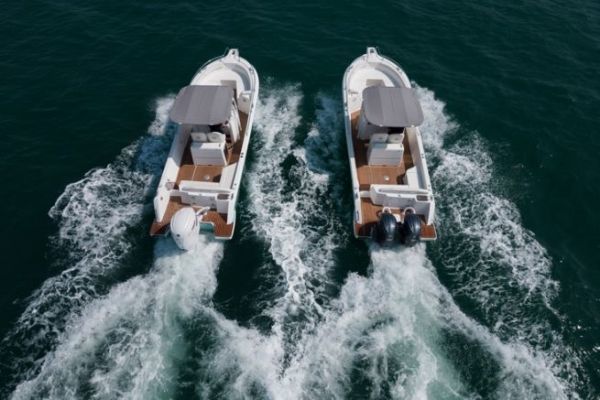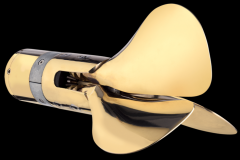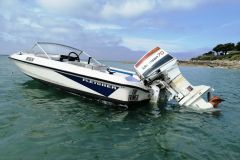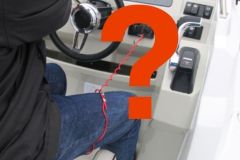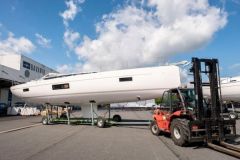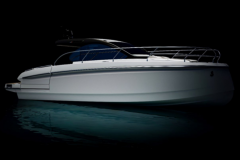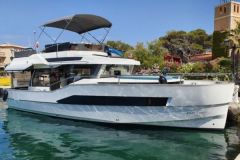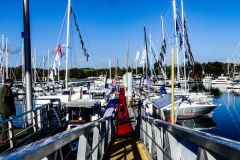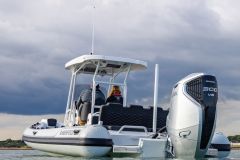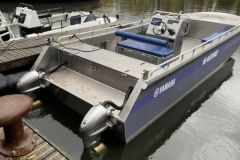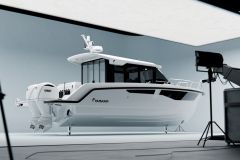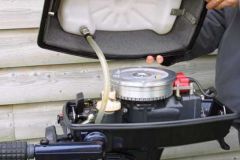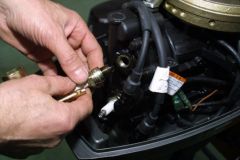Yamaha launches its new 5.6-liter V8 engine block. We had the opportunity to try it out on a White Shark 280 CC Evo. An 8.75 m, 3600 kg open hull, newly launched by the French manufacturer. On this occasion, Yamaha also presented its 200 hp model, available with electric steering integrated into the engine. The opportunity was too good not to compare the engines: 1 x 400 hp and 2 x 200 hp.

Performance: 43.3 versus 38.3 knots
One might think that a single engine, lighter and with less drag in the water with its single propeller, would perform better than the same power, but with 2 engines. And yet, the tests carried out in flat seas with 2 people on board speak for themselves.
At full throttle, i.e. 6000 rpm, the twin reaches 43.3 knots, while the single-engine model tops out at 38.3 knots. In its defense, the latter was "only" reaching 5700 rpm. Could this be due to the 14 1/2 x 17 propeller? The twin was fitted with larger 14 1/2 x 18 propellers...

Consumption: 147 l/h vs. 107 l/h
These large engines consume a lot of fuel. On the 400hp, fuel consumption at maximum speed, 5700rpm, is 107l/h. On the twin, it's 147 l/h for both engines. A single-engine advantage, then? Not for sure, since the 400 hp's best performance is at 3500 rpm, with a fuel consumption of 2 liters per mile, at 21 knots. For the 2 x 200 hp, this best efficiency is also found at 3500 rpm, but this time with a consumption of 1.8 liters per mile, for a speed of 22.6 knots.
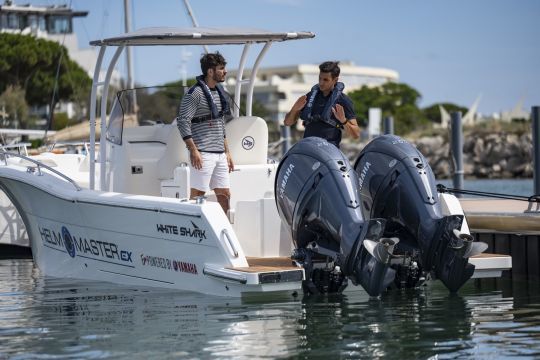
Weight: 454 kg vs. 457 kg
On the scales, despite any preconceptions one might have, two 200 hp engines weigh no more than a single 400 hp one. Yamaha's 200 hp engines are 4-cylinder 2,785 cm3 units, while the 400 is a big 5.6-litre V8. This explains the slight difference in weight between the two configurations. A Yamaha 200 hp weighs 227 kg, or 454 kg for the 2. On the other hand, the XTO 400 hp weighs 457 kg. The two engines are virtually equal in weight, although if you double up on some of the steering and piping equipment, the twin engine will be slightly heavier.
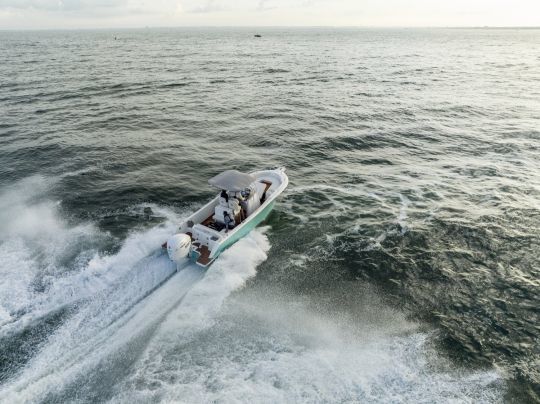
Behavior: equality
The White Shark 280's hull is rather fickle. The boat lacks stability. The slightest turn of the wheel sends this open hull into a tailspin. Having first tried the single-engine 400 hp version and discovered this behavior, we might have thought that the twin-engine version would be wiser, with the boat stabilized by its two bases. But this is not the case. In fact, handling is identical in both configurations. Only Yamaha's hydraulic helm adjustment, which hardens the steering as speed increases - an option offered with the new electric steering - helps to limit this roll.
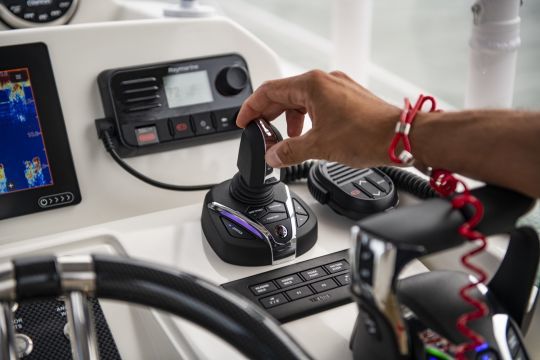
Accessories: 2 x 200 hp advantage
With a single-engine aircraft, maneuvers are always more delicate. The twin-engine's two thrusts give you greater control over your movements. Especially when the system is linked to a joystick that immediately adjusts the position of the engines. Entering a berth becomes child's play. This joystick option is available from Yamaha with electric steering systems integrated into the motors. This is the case on the new 200 hp models. It's also possible to combine this joystick with the bow thruster, making the joystick even more effective!
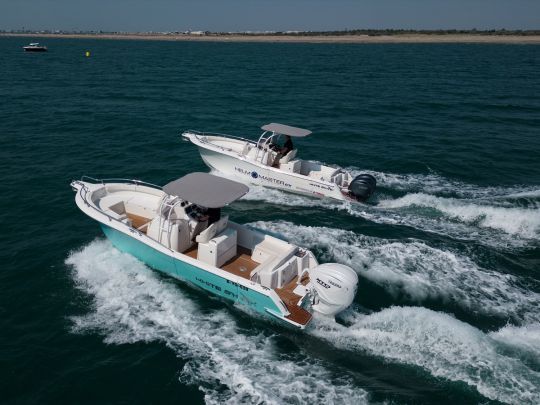
Safety: equality
It's often said that with 2 engines, if one breaks down, the second will get you back to port. Today's engines are so reliable that mechanical failure is a rare occurrence. The main problems stem from fuel quality. But if one engine breaks down after swallowing the wrong fuel, what happens to the second, which is connected to the same tank? The safety argument only holds if all the circuits, both fuel and electrical, are properly separated. This is rarely the case on a motorboat.
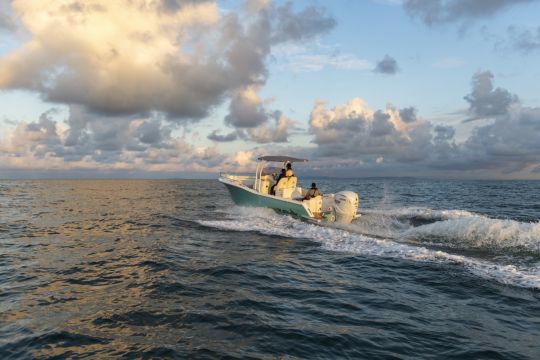
Price: advantageous 2 x 200 hp
Here again, the advantage goes to the 2 x 200 hp. Yamaha's 200 hp model is listed at 25,660 euros, i.e. 51,320 euros for the 2. Opposite, the XTO 400 hp, whose price is due to be announced in the next few months, will be around 60,000 euros. Almost 10,000 euros more...
What could weigh in the balance will be the cost of maintenance, with more consumables and man-hours for 2 engines than for a single one.
Time to choose?
We set off to try out these two boats in both single-engine and twin-engine configurations, without any preconceived ideas as to what would emerge. In many respects, we were surprised to find that the twin-engine configuration was equal to and even superior to the single-engine version. This applies to weight, performance and even price. Looking at this table, the choice of 2 X 200 hp seems the right option for this White Shark hull.
